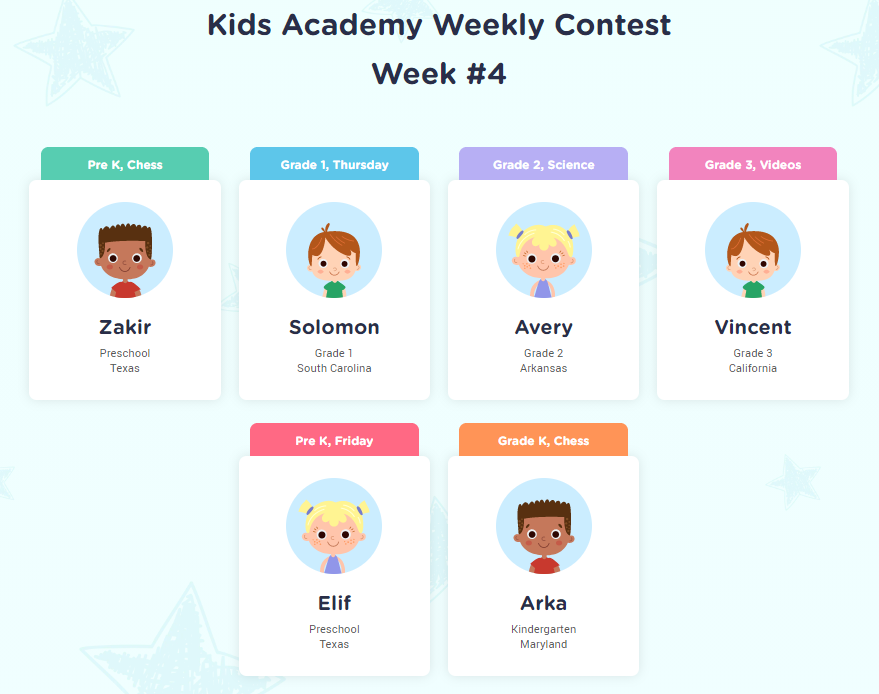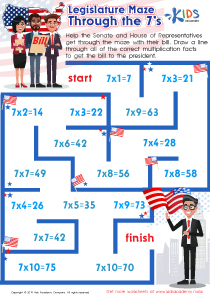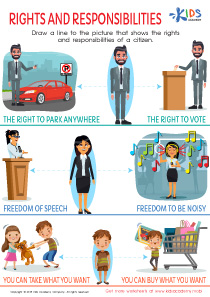Color Identification Normal Social Studies Worksheets for Ages 6-7
3 filtered results
-
From - To
Enhance your child's learning experience with our Color Identification Normal Social Studies Worksheets designed for ages 6-7. These engaging worksheets introduce young learners to the exciting world of colors through fun and interactive activities. Perfect for reinforcing color recognition, our resources integrate social studies concepts, encouraging children to explore their environment and develop important observation skills. Each worksheet features vibrant illustrations and varied exercises that stimulate curiosity and creativity. Ideal for both classroom and home use, these worksheets provide an enriching opportunity for children to enhance their cognitive abilities while discovering the significance of colors in their daily lives!
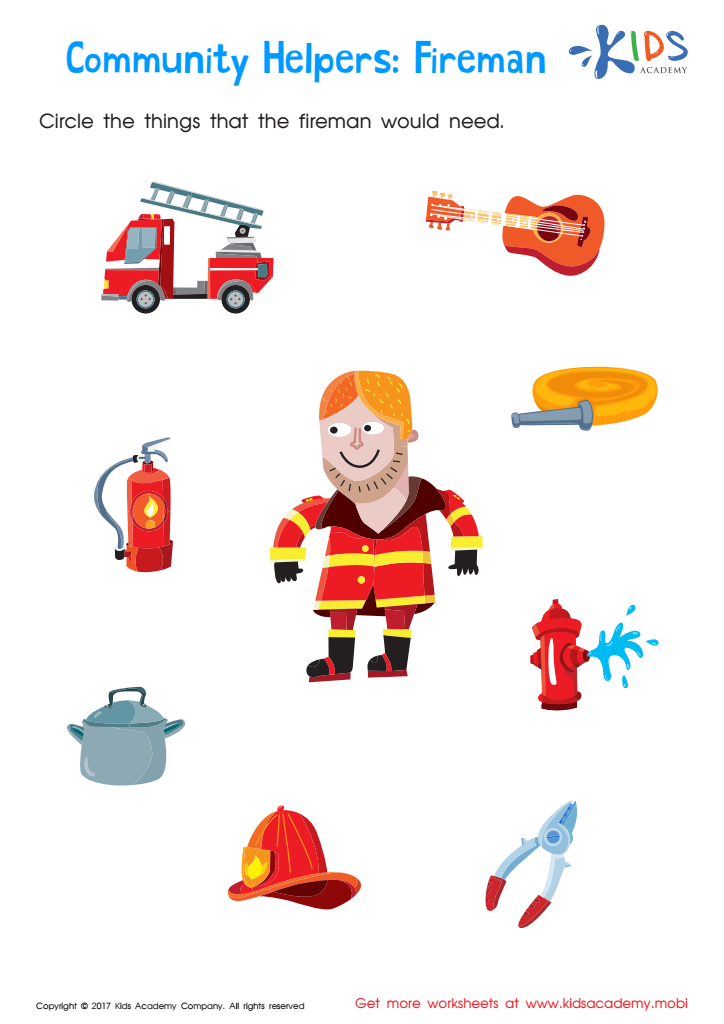

Fireman Worksheet
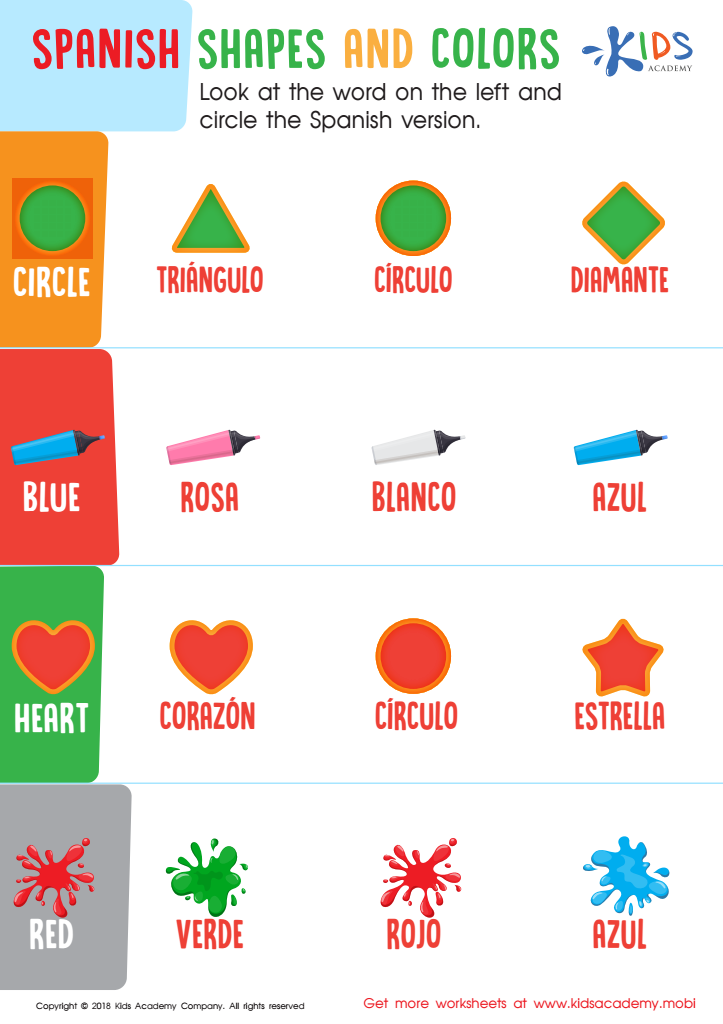

Spanish Shapes and Colors Worksheet


Playground Worksheet
Color identification is a foundational skill that significantly contributes to children's cognitive and social development, making it crucial for parents and teachers to prioritize in social studies for ages 6-7. At this age, children are beginning to interact with their environment and peers more dynamically. By recognizing and naming colors, they enhance their communication skills, allowing them to express needs, emotions, and thoughts more clearly.
Additionally, color identification is essential for developing critical thinking skills. It aids in categorization, pattern recognition, and sorting, which are foundational for more complex subjects like math and science. When children engage in color-related activities, they often collaborate with peers, fostering social skills such as teamwork, respect for diversity, and empathy.
Moreover, colors play a significant role in cultural contexts—different colors can symbolize various meanings across cultures. By integrating color identification into social studies, educators enrich children's understanding of diversity and cultural significance, paving the way for inclusive dialogue and respect for differences.
In summary, color identification goes beyond a simple task; it intertwines with cognitive growth, communication, social interaction, and cultural awareness. Hence, caregivers should emphasize its importance in early education and everyday learning experiences.

 Assign to My Students
Assign to My Students




